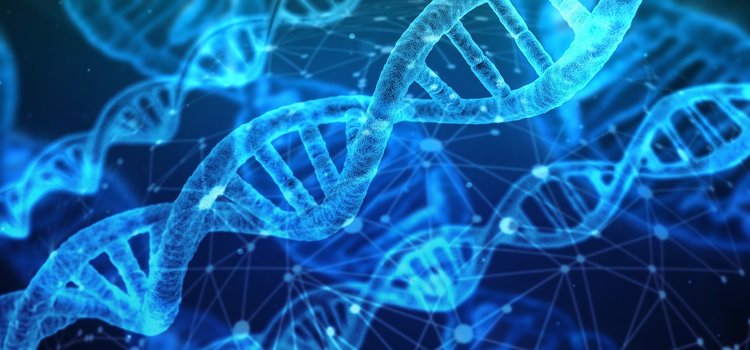

Chapter-1: The Living World
NOTES-1.1 PPT-1.1Chapter-2: Biological Classification
Notes 2.1 PPT 2.1Chapter-3: Plant Kingdom
Notes 3.1Chapter-4: Animal Kingdom
Notes 4.1Chapter-5: Morphology of Flowering Plants
Notes 5.1Chapter-6: Anatomy of Flowering Plants
Notes 6.1Chapter-7: Structural Organisation in Animals
Notes 7.1Chapter-8: Cell-The Unit of Life
Notes 8.1Chapter-9: Biomolecules
Notes 9Chapter-10: Cell Cycle and Cell Division
Notes 10.1Chapter-13: Photosynthesis in Higher Plants
Notes 13.1 Notes 12.2Chapter-14: Respiration in Plants
Notes 14Chapter-15: Plant - Growth and Development
ViewChapter-17: Breathing and Exchange of Gases
ViewChapter-18: Body Fluids and Circulation
ViewChapter-19: Excretory Products and their Elimination
ViewChapter-20: Locomotion and Movement
ViewChapter-21: Neural Control and Coordination
ViewChapter-22: Chemical Coordination and Integration
ViewChapter-1: The Living World
ViewChapter-2: Biological Classification
ViewChapter-3: Plant Kingdom
ViewChapter-4: Animal Kingdom
ViewChapter-5: Morphology of Flowering Plants
ViewChapter-6: Anatomy of Flowering Plants
ViewChapter-7: Structural Organisation in Animals
ViewChapter-8: Cell-The Unit of Life
ViewChapter-9: Biomolecules
ViewChapter-10: Cell Cycle and Cell Division
ViewChapter-13: Photosynthesis in Higher Plants
ViewChapter-14: Respiration in Plants
ViewChapter-15: Plant - Growth and Development
ViewChapter-17: Breathing and Exchange of Gases
ViewChapter-18: Body Fluids and Circulation
ViewChapter-19: Excretory Products and their Elimination
ViewChapter-20: Locomotion and Movement
ViewChapter-21: Neural Control and Coordination
ViewChapter-22: Chemical Coordination and Integration
ViewAnswers All Chapters
ViewChapter-1: The Living World
ViewChapter-2: Biological Classification
ViewChapter-3: Plant Kingdom
ViewChapter-4: Animal Kingdom
ViewChapter-5: Morphology of Flowering Plants
ViewChapter-6: Anatomy of Flowering Plants
ViewChapter-7: Structural Organisation in Animals
ViewChapter-8: Cell-The Unit of Life
ViewChapter-9: Biomolecules
ViewChapter-10: Cell Cycle and Cell Division
ViewChapter-13: Photosynthesis in Higher Plants
ViewChapter-14: Respiration in Plants
ViewChapter-15: Plant - Growth and Development
ViewChapter-17: Breathing and Exchange of Gases
ViewChapter-18: Body Fluids and Circulation
ViewChapter-19: Excretory Products and their Elimination
ViewChapter-20: Locomotion and Movement
ViewChapter-21: Neural Control and Coordination
ViewChapter-22: Chemical Coordination and Integration
ViewTheory Marks
70 MarksChapter 1 to 4
15 MarksChapter 5 to 7
10 MarksChapter 8 to 10
15 MarksChapter 13 to 15
12 MarksChapter 17 to 22
18 MarksPracticals Marking
30 Marks1 Major Experiment Part A
(Experiment No- 1,3,7,8)
1 Minor Experiment Part A
(Experiment No- 6,9,10,11,12,13)
Slide Preparation Part A
(Experiment No- 2,4,5)
Spotting Part B
7 MarksPractical Record + Viva Voce
4 MarksProject Record + Viva Voce
5 MarksTotal
30PT1 (40 MARKS)
17 to 23 September 2022Half Yearly (As per CBSE)
21 to 28 Nov 2022PT2(40 MARKS)
16-23 Jan 2023SESSION ENDING (70 MARKS)
MARCH 2023
1.
View2.
View3.
View4.
View5.
View6.
View7.
View8.
View9.
View10.
View11.
View12.
View13.
View14.
View15.
View